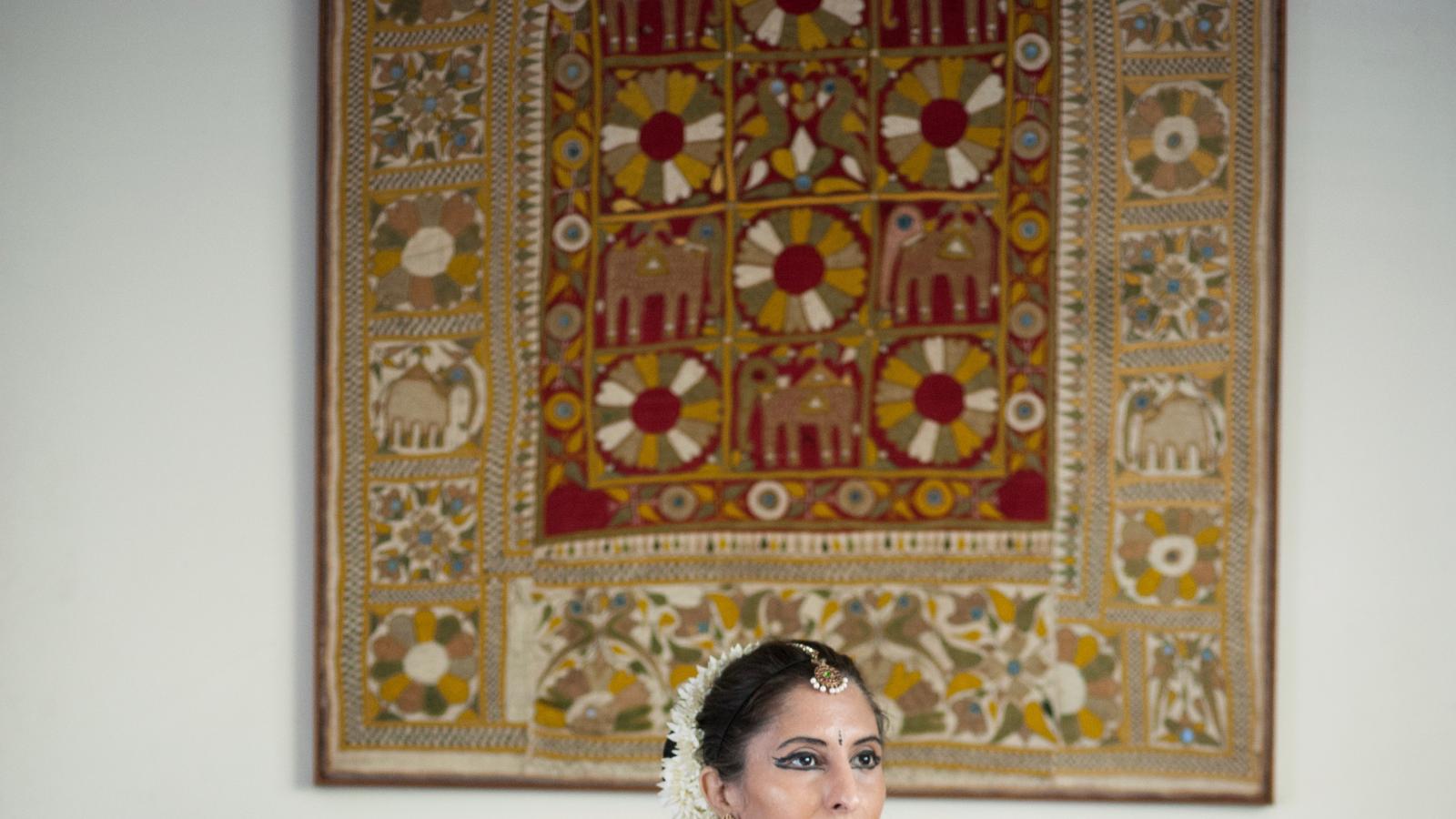NEA Arts Spotlight: Connecting Generations

One of the things that tends to separate [traditional arts] from fine arts is that they’re usually learned through observat ion and imitation and close one-on-one work with a master artist,” said Josh Chrysler, a folklorist with the Wyoming Arts Council, discussing the state’s apprenticeship program, one of the many supported throughout the country by the National Endowment for the Arts. Traditional arts apprenticeship grants were awarded by the Arts Endowment beginning in 1978, and have been a significant tool of folklife programs at state arts agencies since the 1980s.
“You’re probably not going to get an MFA in a traditional art form,” Chrysler continued. “The apprenticeship program allows us to support informal learning in a way that makes sense to the communities that hold those traditional art forms.”
Through the Arts Endowment’s continued support of state folklife programs and their apprenticeship awards, the agency ensures that traditional artists have the opportunity to pass on the techniques and cultural knowledge of their art forms, which can be as diverse as Mexican ballet folklorico, Northern Arapaho beadwork, gospel singing, and taiko drumming. The Arts Endowment also supports apprenticeships directly through its own grantmaking. Since 1975, the agency has awarded $135 million through its folk and traditional arts program, which has supported—in addition to apprenticeships—projects such as workshops, festivals, and documentation efforts.
Read our new issue of NEA Arts to see how folk arts apprenticeships connect generations and perpetuate the nation's cultural traditions.




